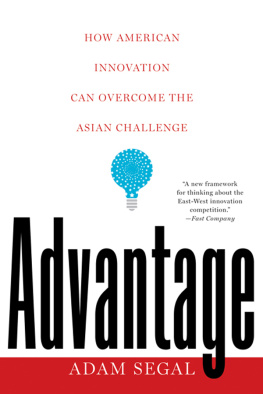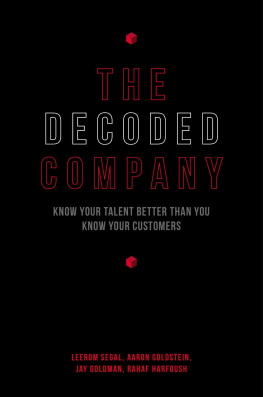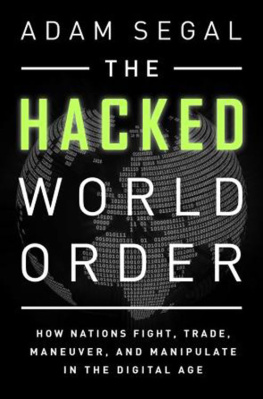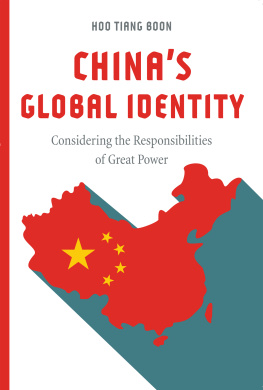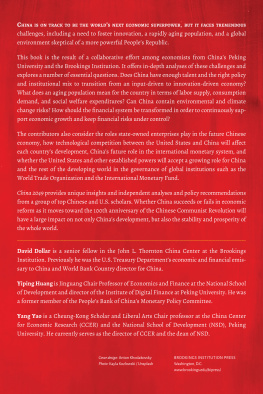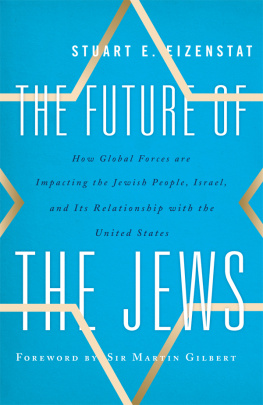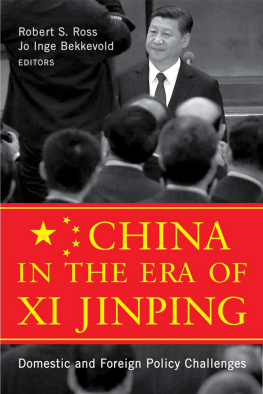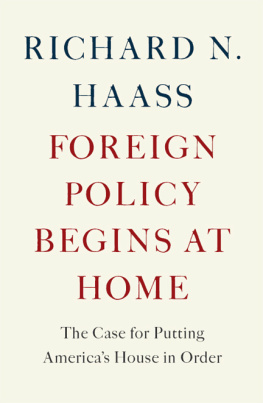W. W. NORTON & COMPANY
R ecessions tend to lead people toward reordering their priorities and concentrating on what works. Thus, the fiscal and economic crisis of 20082010 has raised serious questions about the very purpose and direction of American capitalism from the early 1990s to the present. Consumption, once thought of as the engine of endless growth and revival, is now viewed as one of the sources of the crisis. Decades of liquidity and easy leverage have left companies, households, and even the federal government mired in debt. While, in late 2006, President George W. Bush asked the American people to go shopping more to beef up the slowing economy, it is now clear that the country cannot buy its way into renewed affluence. Achieving growth by sending the average American out to purchase more stuff has proved untenable.
The United States does have, however, a powerful alternative to debt-fueled consumptionnamely, technological innovation and entrepreneurship. The resolution of some of the countrys biggest challengesfiscal crisis, energy dependence, and affordable health carelies in innovation . As President Obama stated before an audience of Americas most prominent scientists and technologists at the National Academy of Sciences in April 2009, the current crisis demands a national movement that would inspire young people to be makers, not just consumers of things. To achieve this end, Americans will have to break from their recent past and mastermind innovations that will not only spur the growth of industries and jobs but also address the consequences of climate change and reduce Americas dependence on foreign oil.
The burning question is, after several decades of frenetic spending, can the United States find salvation through innovation? At first glance, the outlook is not good. Since 2004, observers in Washington and Silicon Valley have warned of the erosion of the United States technological lead.
Furthering the ring of alarm, America is by no means alone in the quest for advanced technology. In Asia, new players such as China and India have entered the arena. Take the field of nanotechnologythat is, the manipulation of molecules and individual atomsand the case of Cui Fuzhai, a professor at Tsinghua University in Beijing, the MIT of China. In 2003, Cui announced a breakthrough that one day could transform how doctors treat broken arms and legs. Using nanotechnology, he had created nanobones to replace the metal pins traditionally used to hold fractured bones together. The nanobones were designed to be placed in a persons arm or leg and then to slowly degrade as the real bones healed. This technology would save patients from the multiple surgeries they usually need when doctors first put metal plates in place and then, several months later when the fractures are healed, remove them. For fractures so severe that the bones would always need some support, Cui had engineered the nanobones to last but to cause less shock to the body and thus reduce the risk of infection.
Cui, who had been working on the bones for almost six years, was especially eager to complete the final clinical tests in late 2002. Unfortunately his work was soon swept up in the confusion and panic created by the outbreak of severe acute respiratory syndrome, or SARS. The pandemic first emerged in Guangdong and then spread to other parts of China as well as the rest of the world, resulting in more than seven hundred deaths in 2002 and 2003. While high-level officials kept on insisting that there was no SARS in Beijing, and that the outbreak was under control in the south, hospitals in the capital were closed to the outside world as they filled with infected patients, cutting off Cui from access to his test subjects. In April 2003, the Chinese government was embarrassed by a surprising whistle-blower as the website of Time magazine published a letter from Jiang Yanyong, a prominent surgeon in the Chinese military and a Communist Party member, exposing the cover-up. The government was forced to admit not only that it had closed some hospitals, but also that it had rushed to build an emergency quarantine center on the outskirts of town to house the growing number of patients. When the epidemic passed and the controls on the hospitals were finally lifted, Cui rushed to discover that the artificial bones had done what they were designed to doslowly dissolve as the patients own bones hardened.
While some of the claims made for the future of nanotechnologysupercomputers so small as to be invisible to the naked eye, or swarms of nanobots that break down the metal in enemy tanksare rooted more in science fiction than reality, this emerging technology still has the potential to radically change how medicines are developed and delivered, the scale and speed of computing, and the portability and efficiency of power cells. Already nanotechnology is used in over eight hundred products, from air purifiers and stain-resistant fabrics to camera sensors and organic light-emitting diodes. The U.S. National Science Foundation predicts that within a decade nanotechnology could have a $1 trillion impact on the economy.
Beijing has made it clear that it has no intention of missing what could be the catalyst for a new industrial revolution. In fact, Cuis work is part of a determined push for China to situate itself at the forefront of nanotechnology. The entire budget for nanotech research in China may be in the range of $300 to $400 million, and the National Science Foundation of China funds over 650 projects with nanotechnology in the title, according to the Center for Nanotechnology in Society at the University of California, Santa Barbara.
As a result, China leads the world in some specialized areas of nanoscience and ranks second in the world in the publication of nanotech research papers. Although U.S. spending on nanotechnology totals more than $3 billion, with half of the funding coming from the federal government, the founder of the U.S. governments National Nanotechnology Initiative, Dr. Mihail C. Roco, has cautioned, The U.S. does not have the overwhelming advantage we have in other technologies. We have to compete harder.
Thus, the efforts of Cui and tens of thousands of other scientists and high-technology entrepreneurs in India, China, Korea, Japan, Taiwan, and Singapore are clear signs that fundamental change is coming. No longer will workers in Asia be content to provide low-cost manufacturing labor while someone in a garage outside of San Jose or a lab in Cambridge sparks the next generation of high-paying jobs with a next big thing idea. Already China is the worlds largest exporter of high-technology products, followed by the United States and Japan. And the established science and technology powers of Japan and South Korea are retooling themselves for the future. BYD, a battery firm at the forefront of developing an electric car, is only one of the most prominent Chinese companies pushing to transform China from the worlds factory to a more creative innovation-based economy. In the face of the global economic crisis, South Korea in December 2008 introduced the 577 Initiative: an ambitious plan to, by 2012, raise the share of its GDP dedicated to research and development to 5 percent (the in the 577 Initiative), make South Korea the worlds seventh science and technology power (yes, the first in 577), and funnel money to seven major technology areas, including consumer electronics, automobiles, robotics, and nanotechnology.

